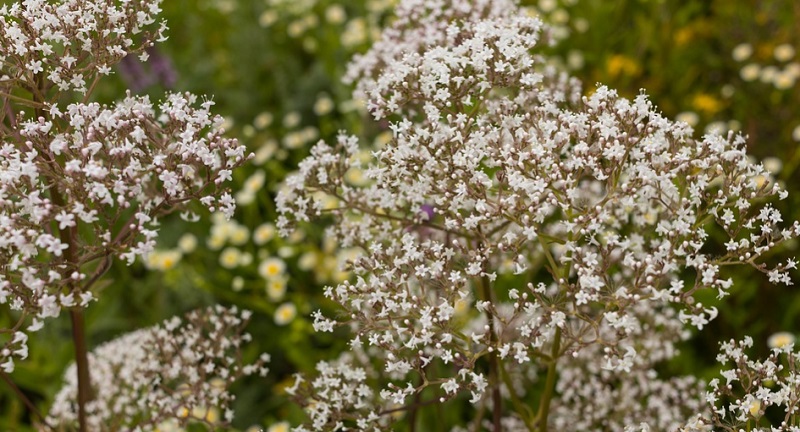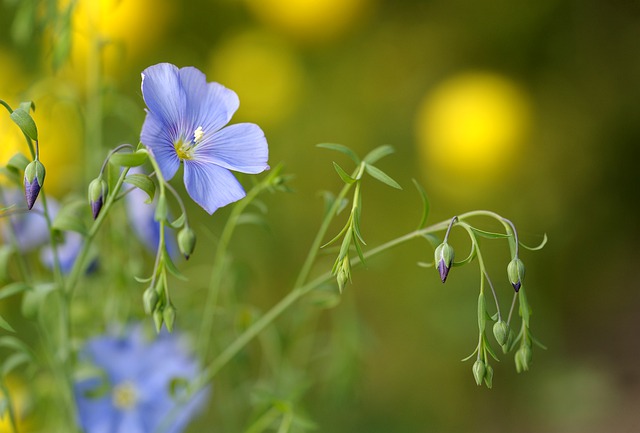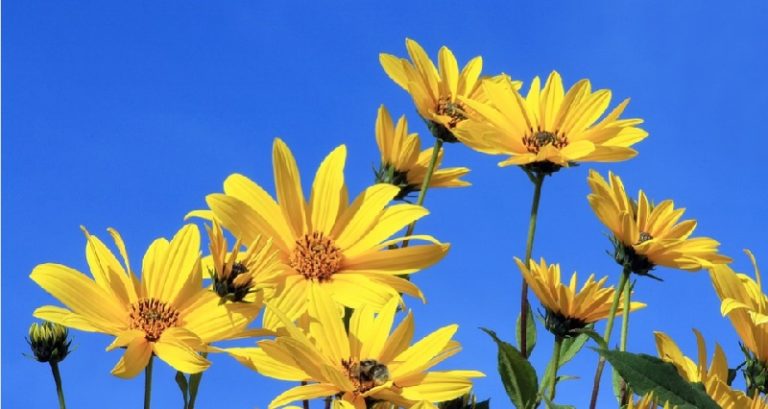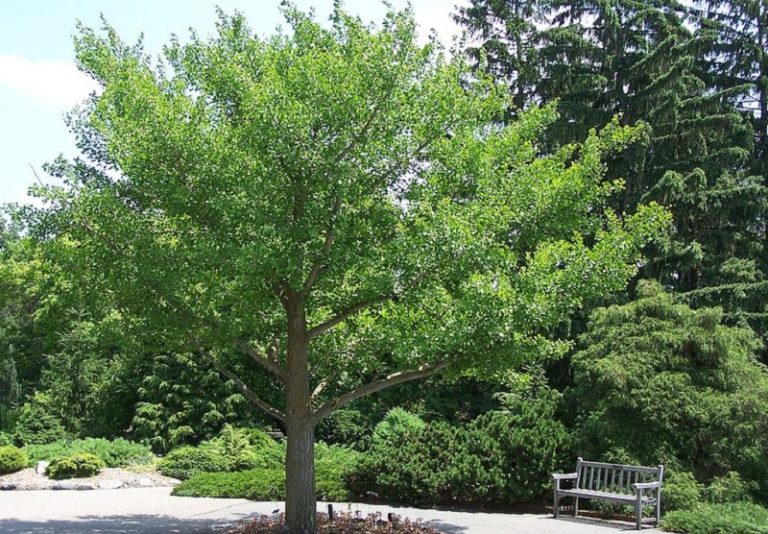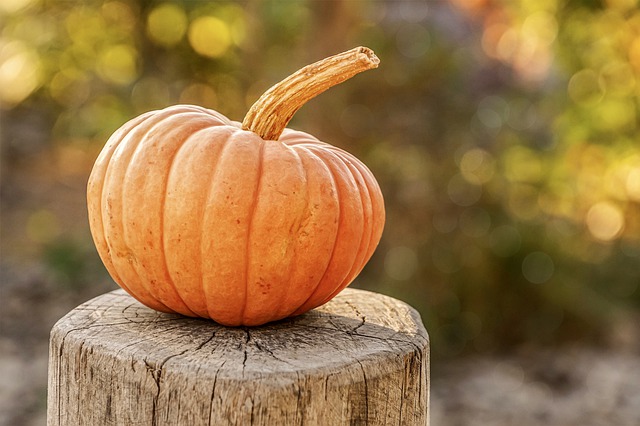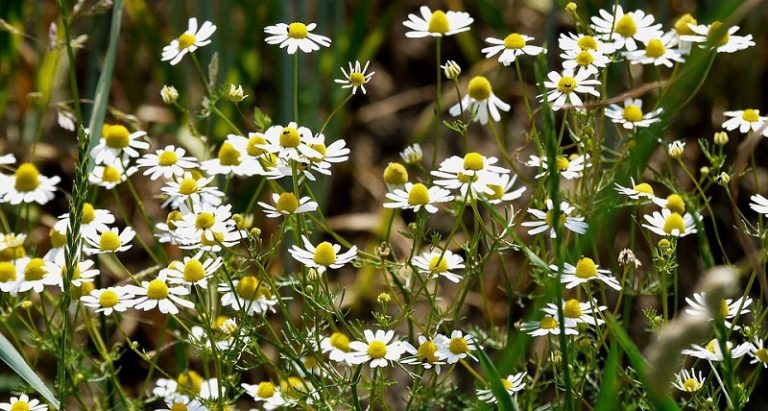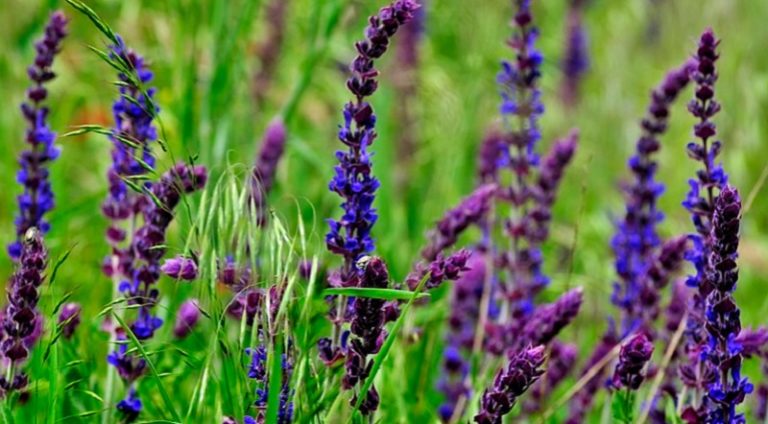Medicinal plants: valerian officinalis. When to harvest valerian
Valerian officinalis is a plant that everyone knows about and is often used to calm the nervous system, but this is far from the only property that it has.
Valerian officinalis (Valeriana officinalis) is a perennial herbaceous plant of the Valerianaceae family with a short vertical rhizome from which numerous roots depart. The stem is straight, ribbed, hollow inside, up to 1.5 m high. The flowers are pale pink, small, fragrant, collected in branched thyroid inflorescences. The fruits are small, flat, brown achenes with a tuft. It blooms from June to August; The fruits ripen in August – September.
. . . . . .
Chemical composition of valerian
Rhizomes with valerian roots contain: essential oil (0.5-2%), free isovaleric acid, borneol, borneol ether with acids (butyric, formic, acetic and others), terpenoids (camphene, limonene, myrtenol, pinene), alkaloid actinidin, glycoside valeride, tannins, sugars, valepotriates.
Useful properties of valerian
Rhizomes with valerian roots are used for chronic functional disorders of the central nervous system; with nervous excitement, neuroses of the cardiovascular system, hysteria, acute disorders due to mental trauma, with migraine, insomnia, with angina pectoris, pain in the heart, epilepsy (in combination with other medications), with stage I hypertension, extrasystole, paroxysmal tachycardia, acute myocarditis, with menopausal disorders; also with neuroses of the stomach, disorders of the secretory function of the glandular apparatus of the gastrointestinal tract, spasm of the esophagus, diseases of the liver and biliary tract in complex therapy.
In dermatology, valerian preparations are used for atopic dermatitis, true and microbial eczema, erythroderma, skin itching, psoriasis, urticaria. Rhizomes and roots of valerian are part of collections, teas, dietary supplements.
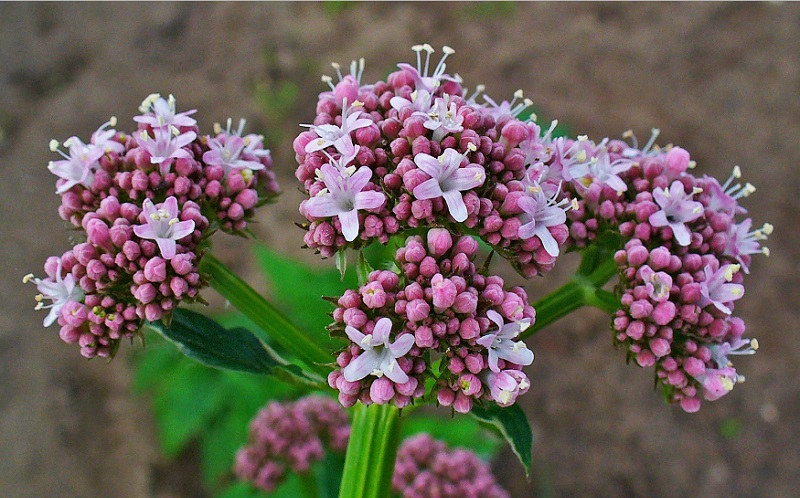
Valerian – cultivation and care
The plant is demanding on soil fertility and moisture. The area should be well lit and sufficiently humid. The advantage of predecessors is winter cereals or vegetables grown with large doses of organic fertilizers. The field should be free of rhizomatous and root weeds and well leveled during pre-sowing preparation, since the seeds are quite small and must be sown without deep laying. Heavy and too wet soils are undesirable. When a crust is formed, sprouts appear with great difficulty. The presence of rhizomatous and root-sprout weeds further greatly complicates both weeding and care, as well as cleaning the roots during harvesting. On personal plots for personal use, it is advisable to place valerian in damp places near the fence, where it will not obstruct anything during flowering. Do not place the plant in front of the windows of the house. The flowers have a peculiar smell that not everyone may like.
When stored, the seeds spoil quickly and should be used in the year of collection: that is, harvested in summer, sown the following spring.
Lavender comes in pink, purple, white, and even yellow.
Valerian officinalis care
If old seeds get to you, then they will not have mass germination. Even two-year-old seeds make sense to sow more densely. Care during the summer is normal. This is watering when the soil dries out (valerian is resistant to drought, but constant humidity is required to get good rhizomes), this is top dressing 2 – 3 times per season with a solution of mineral fertilizers, loosening between rows until the bushes close. Only in the second year of the plant’s life, where it is grown to obtain a root, in the flowering phase, the peduncles are removed (topping). Creaming is not carried out on the testes.
Collection of valerian officinalis
Mowing of pedicels is carried out twice at a height of 15 cm from the soil surface. Digging up the roots begins in September – October. Valerian roots dug up and shaken off the soil are washed, the aerial part is removed, thick rhizomes are cut crosswise, dried for 1-2 days and dried at a temperature of 40-45 ° C. Dry root yield is from 150 to 300 g / m2. Seeds begin to be harvested when the general color background of the site becomes yellowish-green. This happens approximately on the 15-17th day after mass flowering. The testes are cut off, knitted into small sheaves, placed under a canopy with good ventilation and threshed on the 5-7th day. Seed yield up to 10 g / m2. The shelf life of a dry root is three years.
.. . . . . . .
How to make a valerian drink
- It is necessary to take valerian root and grind it to make about two teaspoons. Next, the crushed root should be poured with a glass of clean cool water and allowed to brew. It is necessary to stir periodically, the drink will be completely ready in 12 hours. The daily norm will be about two to three cups.
- Also take two teaspoons of finely chopped valerian root and pour half a liter of boiling water. The dishes must be tightly closed and allowed to brew for ten minutes. The drink should be prepared every time so that it does not disappear. You can mix valerian roots with lemon balm leaves. Pour two tablespoons of herbal collection with a glass of boiling water and leave for 15 minutes.

